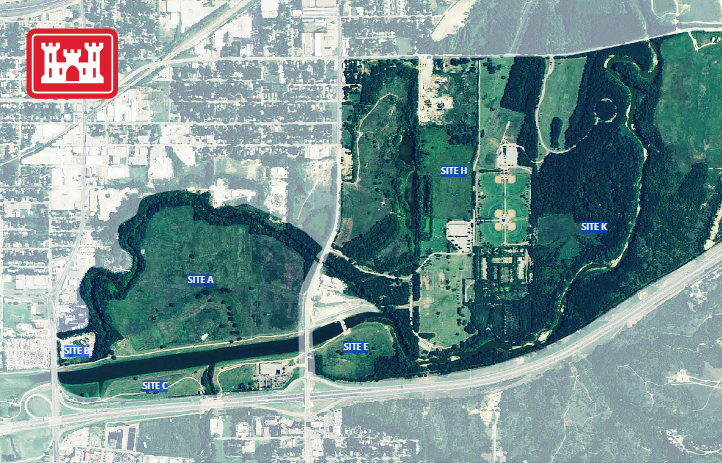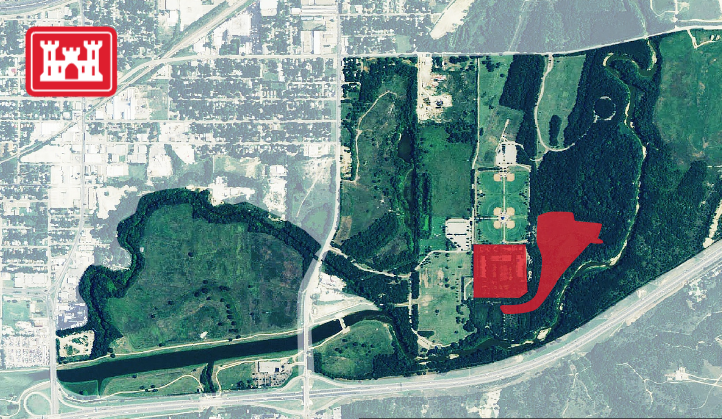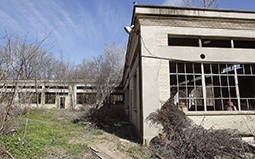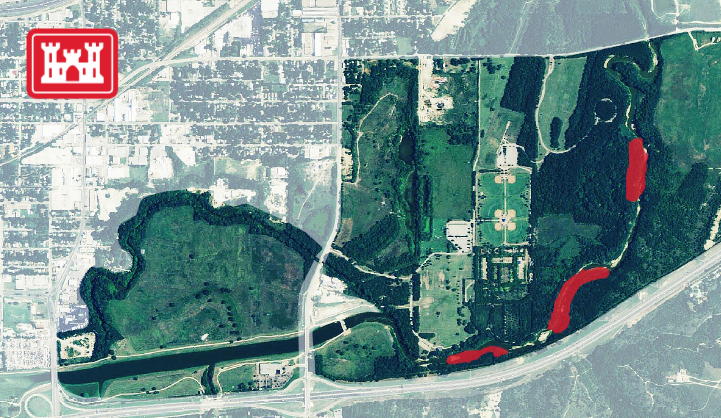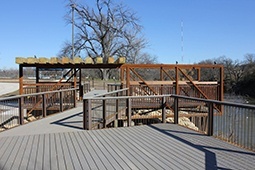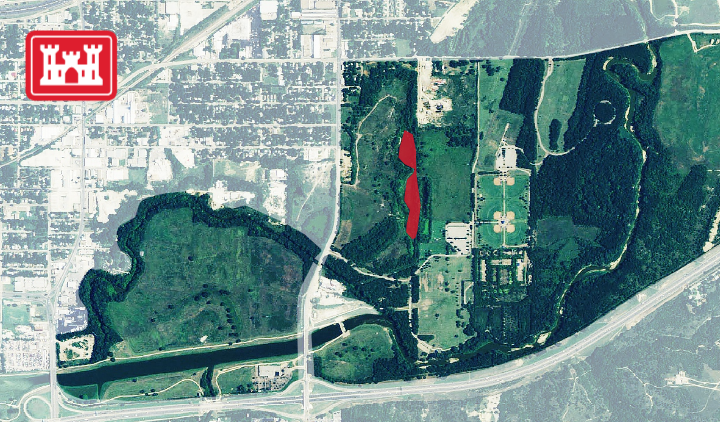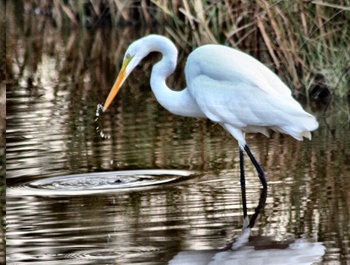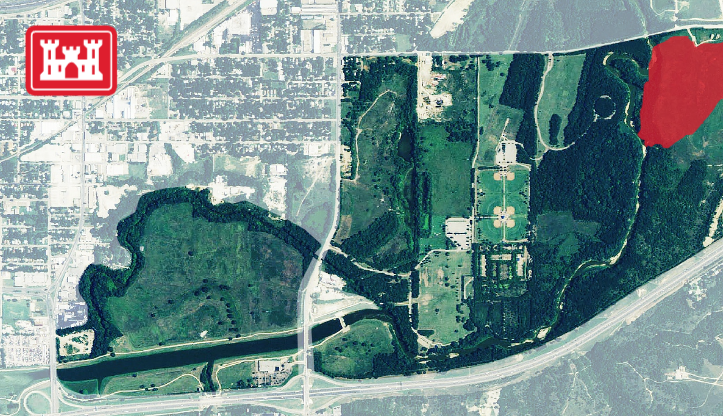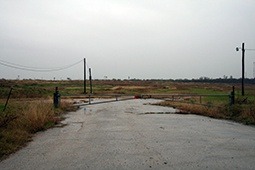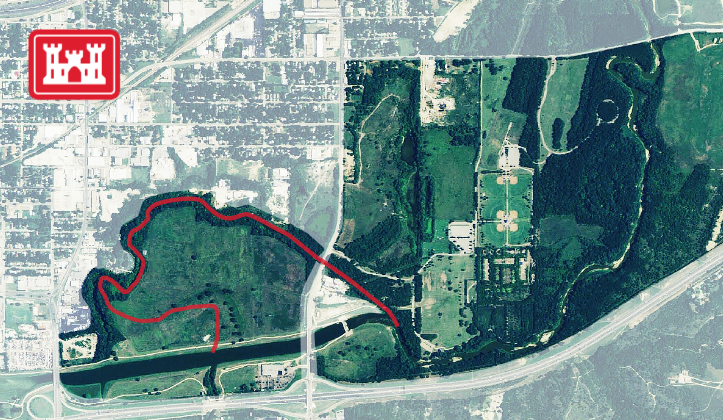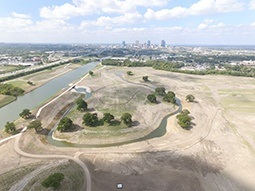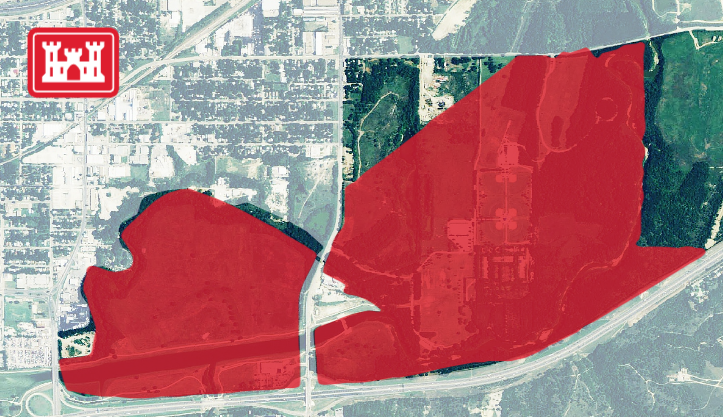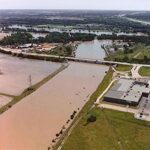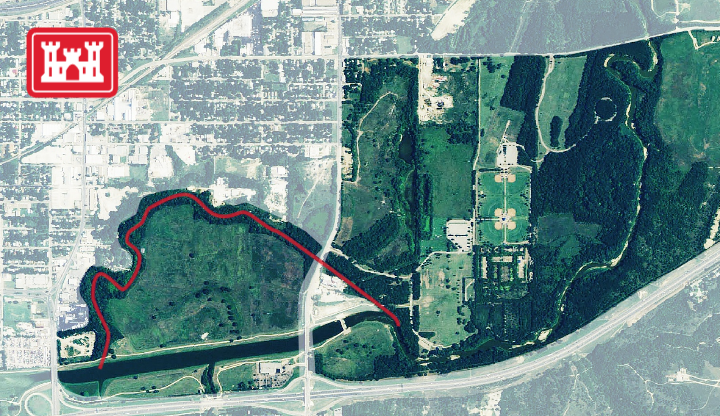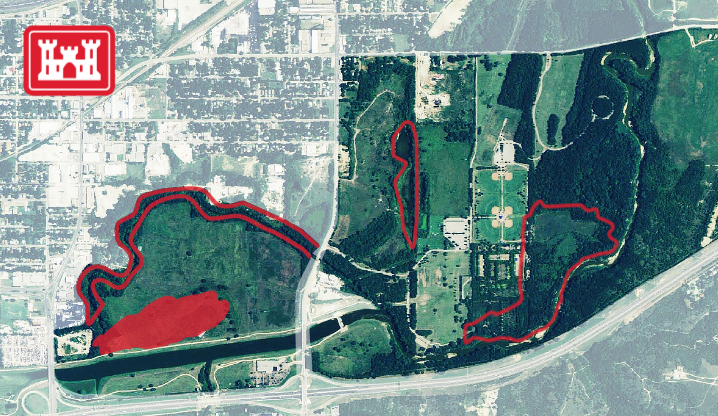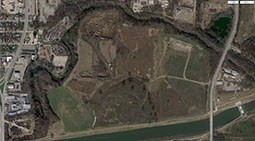USACE FLOOD WATER STORAGE IN GATEWAY PARK
The future United States Army Corps of Engineers bypass channel will protect more than 2,400 acres of established neighborhoods in Fort Worth from the highest level of flooding. However, the USACE bypass channel cannot accomplish this alone. In times of flooding water will be moving through the future bypass channel but there has to be a way to slow that water down so we aren’t flooding our neighbors to the east. A series of flood water storage sites is crucial to the Central City Project.
The amount of material moved as well as the locations themselves were carefully chosen. These flood water storage sites provide the needed flood protection but also provide multiple use opportunities. In many cases (Riverside Park and Gateway Park for example), USACE will excavate the valley storage site and then that area can be turned over to the City of Fort Worth to provide wonderful park amenities for our city.
Click here to see the City of Forth Worth’s plans for recreation in Gateway Park.


